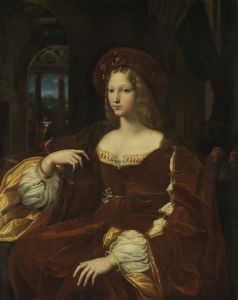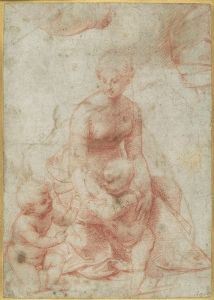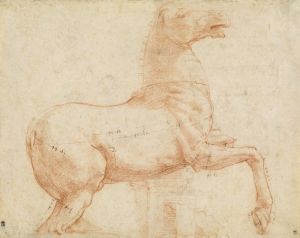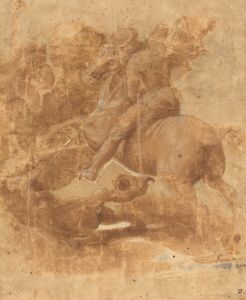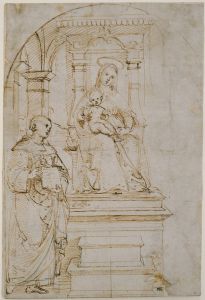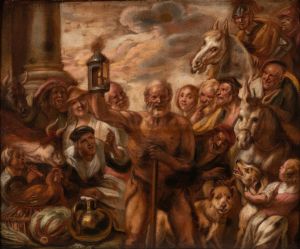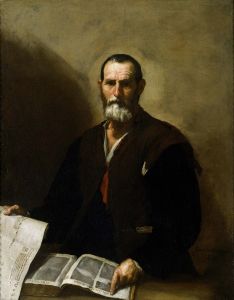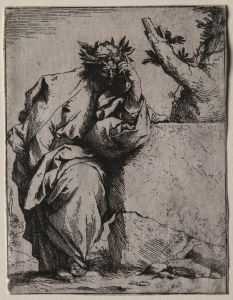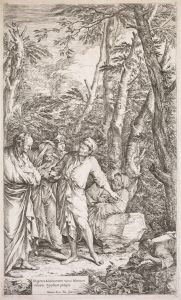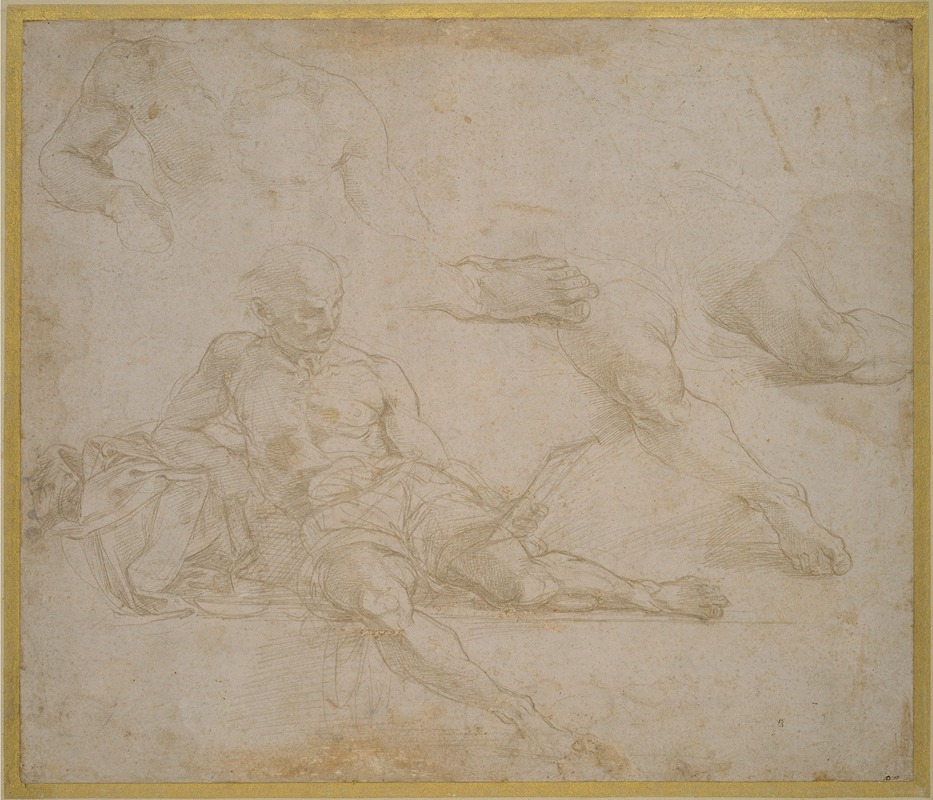
Study of ‘Diogenes’ in the ‘School of Athens’
A hand-painted replica of Raphael’s masterpiece Study of ‘Diogenes’ in the ‘School of Athens’, meticulously crafted by professional artists to capture the true essence of the original. Each piece is created with museum-quality canvas and rare mineral pigments, carefully painted by experienced artists with delicate brushstrokes and rich, layered colors to perfectly recreate the texture of the original artwork. Unlike machine-printed reproductions, this hand-painted version brings the painting to life, infused with the artist’s emotions and skill in every stroke. Whether for personal collection or home decoration, it instantly elevates the artistic atmosphere of any space.
Raphael's "Study of ‘Diogenes’ in the ‘School of Athens’" is a preparatory drawing for one of the figures in his renowned fresco, "The School of Athens," located in the Apostolic Palace in the Vatican. Raphael, an Italian painter and architect of the High Renaissance, is celebrated for his mastery of form and composition, and "The School of Athens" is one of his most famous works, completed between 1509 and 1511 as part of his commission to decorate the rooms now known as the Stanze di Raffaello.
"The School of Athens" is a grand depiction of philosophy, featuring an assembly of great thinkers from classical antiquity. Among these figures is Diogenes of Sinope, a Greek philosopher and one of the most famous figures of the Cynic school of thought. Diogenes is known for his ascetic lifestyle and his belief in living in virtue in agreement with nature, often rejecting conventional desires for wealth, power, and fame.
In the fresco, Diogenes is depicted in a relaxed, reclining pose, situated on the steps at the center of the composition, which reflects his disdain for materialism and societal norms. This positioning and posture are emblematic of his philosophical stance, emphasizing his detachment from the material world and his focus on intellectual and spiritual pursuits.
Raphael's study for Diogenes would have been an essential part of his preparatory process, allowing him to explore the figure's pose, expression, and placement within the larger composition. Such studies were common practice for Renaissance artists, who often created numerous sketches and drawings to refine their ideas before executing the final work. These preparatory drawings provide insight into the artist's creative process and his approach to capturing the essence of the historical figures he depicted.
The "Study of ‘Diogenes’" likely focuses on the philosopher's distinctive posture and the drapery of his garments, which Raphael would have carefully considered to convey Diogenes' character and philosophical ideals. The study would have been executed in a medium such as chalk or ink, typical of Raphael's drawing practice, and would demonstrate his skill in rendering the human form with anatomical precision and expressive clarity.
Raphael's ability to integrate individual studies into a cohesive and harmonious composition is evident in "The School of Athens," where each figure contributes to the overall narrative of the fresco. Diogenes' presence among the assembly of philosophers underscores the diversity of thought and the rich intellectual tradition of ancient Greece, which Raphael sought to celebrate in his work.
While the specific details of the "Study of ‘Diogenes’" may not be extensively documented, its significance lies in its role in the creation of one of the most iconic images of Renaissance art. Raphael's meticulous preparation and his ability to convey complex philosophical ideas through visual art have cemented his legacy as one of the great masters of the Renaissance.





